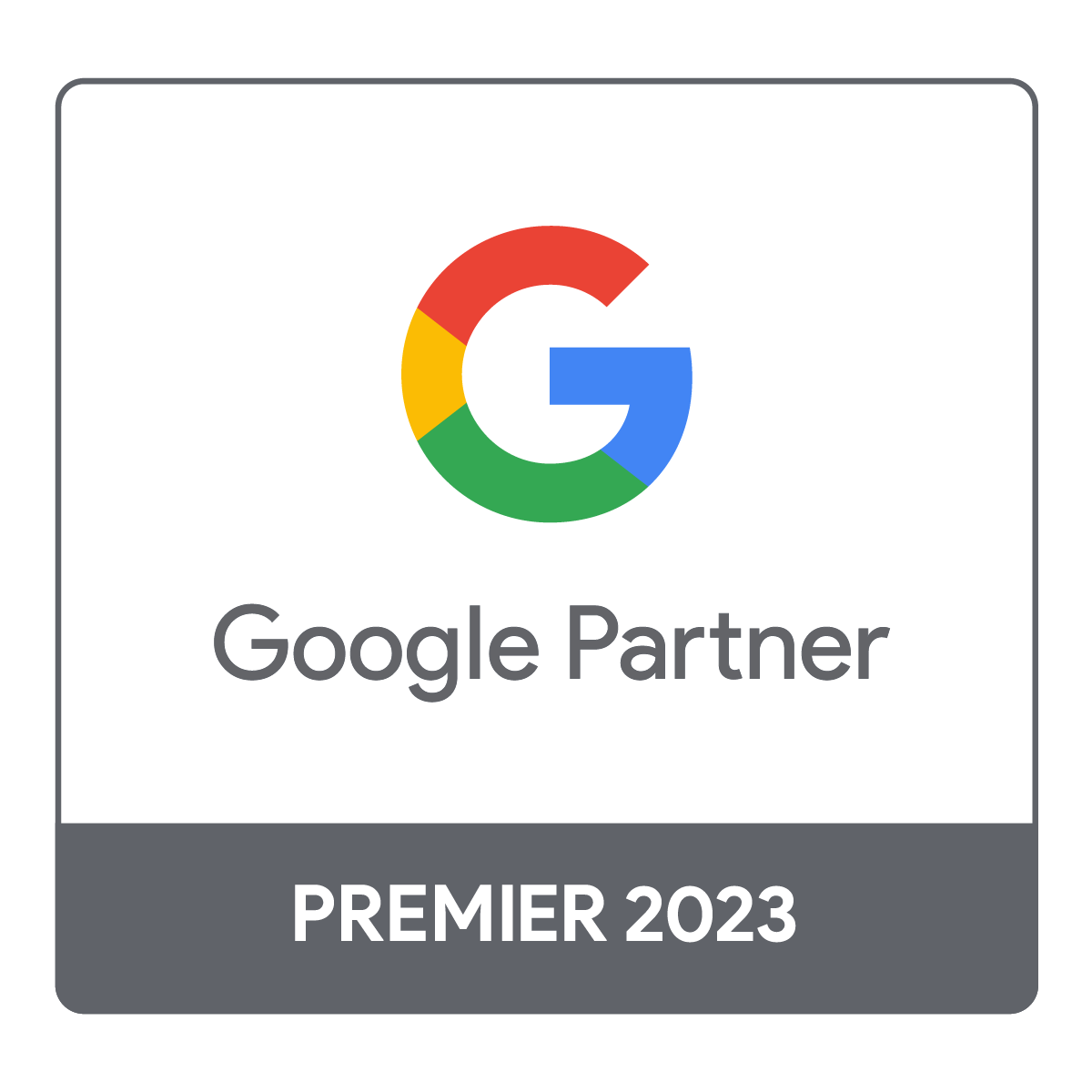5 Ways To Improve SEO For Blog Posts
Did you know that companies with blogs produce 67% more leads per month than those without? Having a regularly updated blog is one of the most successful content marketing strategies a company can tap into.
Business blogging has many benefits, and one of them is its potential to drive new traffic to your website by working closely with search engines and social media. Every blog post is another indexed page on your website, which is an opportunity for your site to show up in search engine results and drive traffic through organic search.
Likewise, regular blogging helps you maintain a strong social media presence and build your brand. Each blog post is a piece of new content that you can post on your social networks which can then be shared around. This exposes your business to new audiences while simultaneously directing them to your website.
A big contributor to getting your blog noticed is dependent on how effective your SEO strategy is. There are some steps you need to take to improve your chances of ranking well in Google. Have a read of our tips below to discover the best ways of optimizing your blog.
1. Understand the importance of keywords
Keyword research should be the first step of your SEO strategy. Figuring out what search terms you want to be found for is an effective way of targeting your audience and increasing your chances of ranking higher in Google.
There are some helpful tools that can be used to narrow down what your keywords should be. If you have AdWords, you can use their planner tool to figure out what keywords you should be using for your topic. Another free option is the SERPS keyword research database.
Once you have established your keywords, you should aim to use them intermittently throughout your content without overstuffing. Google doesn’t like over-optimized content, and using too many keywords may actually damage your SEO ranking instead of improving it. Stick to using keywords strategically a couple of times throughout your piece.
Good places to use keywords include:
- Title
- URL
- Headings and subheadings
- Opening sentence
- Concluding sentence
- Anchor text
- Title tags and meta descriptions
2. Optimize your images
To accompany your text, you should include images that enhance your content. As well as improving the readability and appearance of your blog, images with optimized alt text have a higher chance of being discovered in search.
While this won’t impact your search rankings as much as keyword research, it’s a quick and simple way of bettering your SEO strategy.
As an example, the photo below has an alt text of “grey-kitten-in-tree”. Accurate and detailed, descriptions like this will assist in making your images more discoverable.

3. Link to previous content
If you’ve already written on a related topic to your current blog post, make sure to link to your previous content. Not only does linking assist with your rankings in Google, it showcases your authority on the topic. Readers of the current post may end up spending a longer time on your website because they’ve found more topics that interest them.
Furthermore, if you mention another blogger or article on your post, link back to their page. This is good blogging etiquette and increases your chance of receiving a link yourself. Known as backlinking, this is one of the best ways to improve your search engine results ranking and boost your credibility.
4. Write longer posts
Aim to write a minimum of 300 words in your articles, but remember to find a happy medium: Google prefers longer, detailed articles, but readers often switch off when exposed to long-form pieces. Longer, in-depth blog posts generate 9x more leads than shorter ones.
According to HubSpot, 43% of readers skim blog posts. Make posts more accessible by breaking up your text into clearly visible headings and subheadings so that visitors can quickly scan to relevant pieces of information. Use two to three sentences per paragraph, and split up longer sentences into two parts.
5. Think of a great headline
On average, 80% of readers will never make it past the the headline of your article. Your headline can literally make or break your content, so it’s important to spend some time crafting it. Readers prefer headlines that are succinct and descriptive. Number headlines and listicles are particularly appealing to visitors, shortly followed by those directly addressing the reader and how-tos.
With these five simple tips, your website will soon be on the way to increased web traffic, higher search engine results page rankings, and more customer conversion rates.












